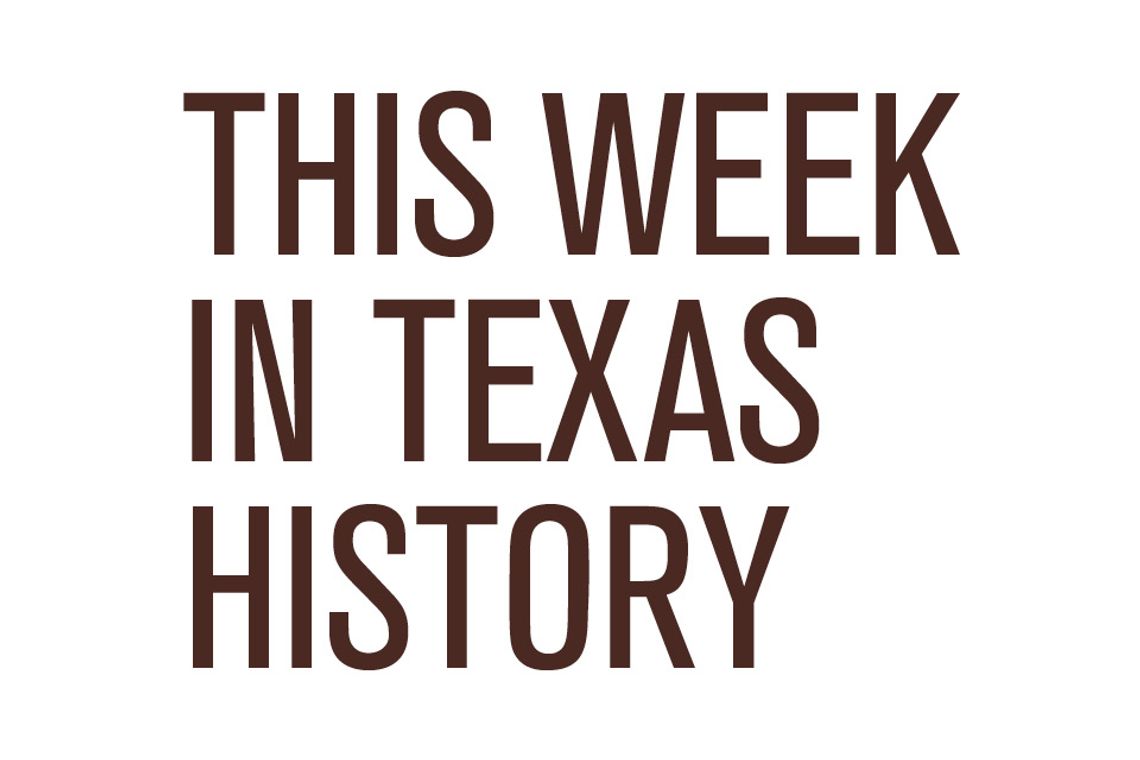A single point away from losing a Madison Square Garden grudge match on Apr. 5, 1968, the female half of tennis’ best ever sister-brother team mounted one of the greatest comebacks in the history of the sport.
The story of Nancy and Cliff Richey starts with their father George. Growing up in San Angelo during the Depression, his own dad groomed him for the boxing ring until his mother put her foot down. The athletic boy next showed promise on the baseball diamond before hurting his pitching arm.
Searching for a sport in which he could excel, George picked tennis, easily the least popular pastime in 1930’s West Texas. He practiced from daylight to dark on the only private court in town, which happened to be in a neighbor’s backyard, and taught himself to play with his healthy left arm.
By the time he finished high school, George was good enough to earn a tennis scholarship to the University of Texas. While in Austin, he married his wife Betty, who gave birth to daughter Nancy Ann in 1942 and son George Clifford, Jr. four years later.
After college, George coached at Rice, held down a job as the resident professional at a Houston country club and played well enough in his spare time to reach a career-high national ranking of eighth in 1952.
Not long after that, the family settled in George’s dusty hometown, where he concentrated on molding his children into tennis prodigies. Yet, in spite of popular opinion to the contrary, he always pleaded innocent to the charge of being the tennis version of an overzealous Little League father.
“Some people think I’ve forced my kids into tennis, but it isn’t so,” George protested in a 1968 interview with the Saturday Evening Post. “When Nancy was six, I gave her a bantam racket to just play around with. If she had thrown it away and gone back to dolls, that would have been fine with me.”
Cliff followed his sister’s precocious example and began playing at an even earlier age -- four. They shared a love of tennis and an all-consuming desire to succeed, but the siblings were as different as night and day.
During a match, Nancy was a finely tuned machine in complete control of her emotions, while off the court she was shy and reserved. Cliff, on the other hand, was volatile and fiercely competitive. “A scrappy Texan with more tenacity than talent,” was how one tennis authority described him.
When Cliff captured the National Fifteen-and-Under Indoor championship in 1961, 19-year-old Nancy was already making a name for herself in the women’s ranks. In two years, she would win the first of six consecutive U.S. clay court titles, a record that stands to this day, and break into the international Top Ten where she stayed for a decade.
Nancy steadily improved with age. In 1966 she advanced to the finals of the U.S., French and Australian opens and took home the Wimbledon doubles cup. She prevailed Down Under in 1967 and added the French trophy to her collection the next year.
Nancy played her most memorable match in March 1968. It was in the semi-finals of a minor tournament in New York, but the opponent was her biggest rival Billie Jean King.
The two top-ranked American women had not faced each other in three and a half years. Some said it was because Nancy preferred slow courts like clay, while Billie Jean favored hard and fast surfaces. Others insisted King had avoided Richey like the plague after losing six out of seven encounters to her.
Nancy got off to a slow start and dropped the first set. Falling behind 1-5 in the second, she rallied to win the next two games. But it all seemed for naught as Billie Jean took charge and set her up for the kill.
After a furious exchange on match point, King smashed a Richey lob into the corner that landed out of bounds. From then on, it was all Nancy, as the five-foot six-inch Texan won an incredible 12 straight games (51 of 63 points) for an unforgettable 4-6, 7-5, 6-0 come-from-behind triumph she called “my most satisfying win.”
Brother Cliff’s best year was 1970. He took first or second place in 13 of 27 tournaments winning 92 of 102 matches.
But he had to beat Stan Smith in a September showdown to finish as the Number One American male. The five-set marathon came down to a sudden-death tie-breaker.
On the last winner-take-all point, Smith slammed a speed-of-light return down the line. Cliff’s only chance was to dive, stretch out in midair and somehow make contact with his racket. He did exactly that, and the ball dropped over the net out of Smith’s reach.
The greatest sister-brother duo tennis fans have ever seen entered the Texas Tennis Hall of Fame together, and their father joined them seven years later. In 2003 Nancy Richey received the ultimate honor with her induction into the national Tennis Hall of Fame in Rhode Island.
Bartee speaks at the Dallas Historical Society’s “Brown Bag” luncheon at noon Tue., Apr. 10 in the Hall of State on the Texas State Fair grounds.











